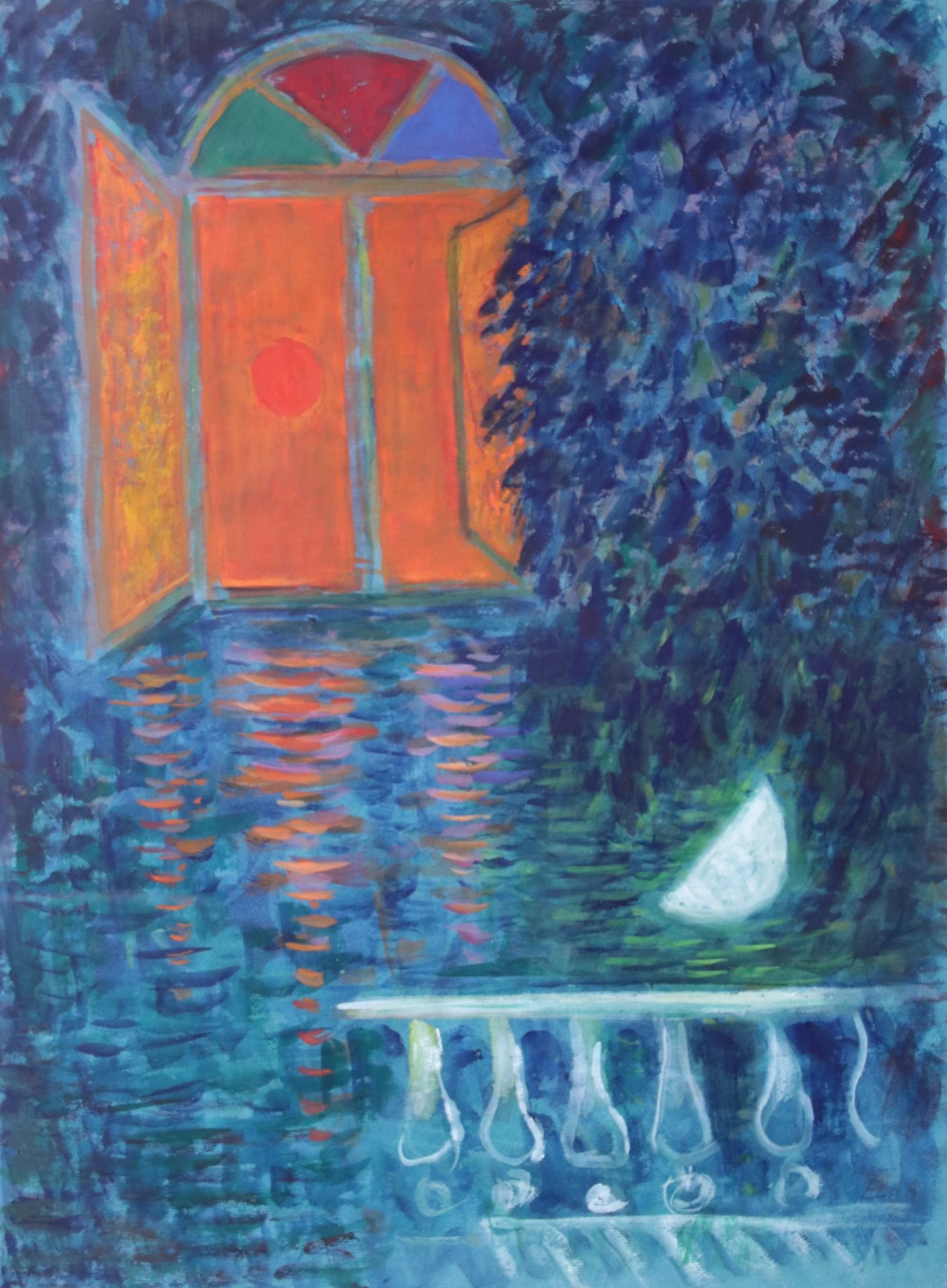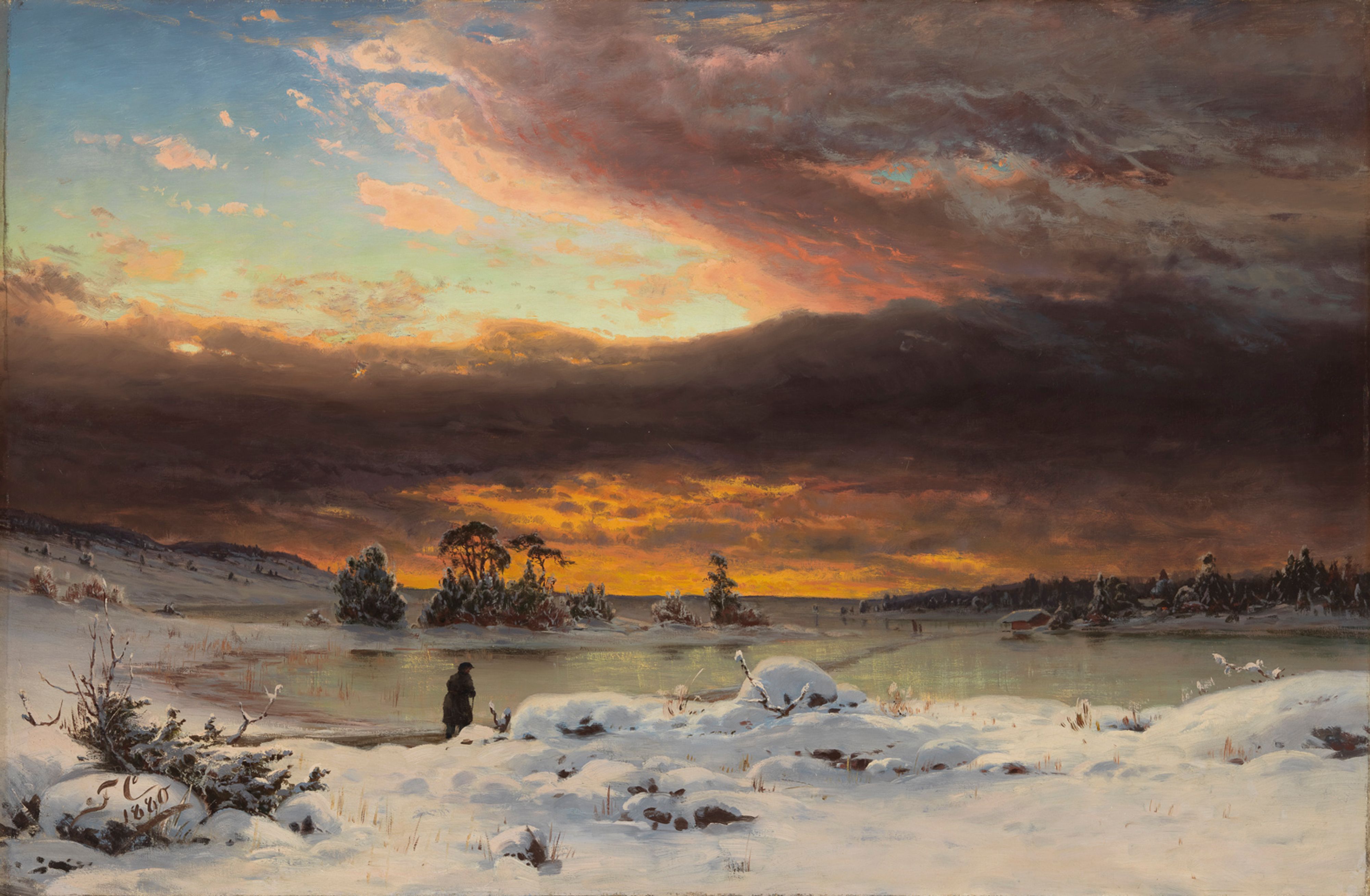Akseli Gallen-Kallela (1865-1931) was a Finnish painter who is best known for his illustrations of the Kalevala, the Finnish national epic.
His work is considered a very important aspect of the Finnish national identity.
He changed his name from Gallén to Gallen-Kallela in 1907.
Early life
Gallen-Kallela was born Axel Waldemar Gallén in Pori, Finland, in a Swedish-speaking family.
His father Peter Gallén worked as police chief and lawyer.
Gallen-Kallela was raised in Tyrvää.
At the age of 11 he was sent to Helsinki to study at a grammar school, because his father opposed his ambition to become a painter.
After his father's death in 1879, Gallen-Kallela attended drawing classes at the Finnish Art Society (1881-1884) and studied privately under Adolf von Becker.
















